Cannabis 101
The Differences Between Sativa and Indica
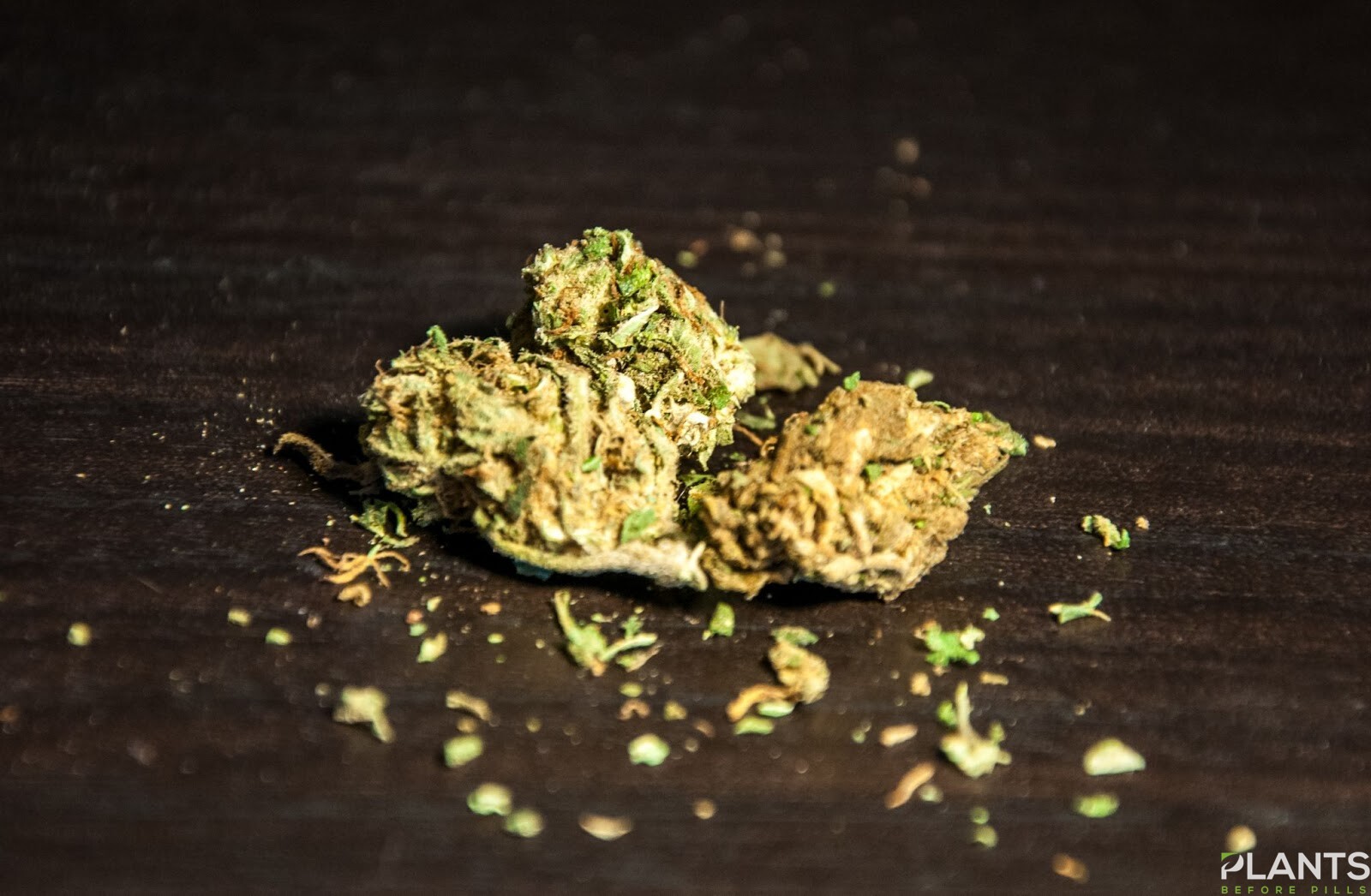
There is a growing interest in learning about the different species of cannabis. As more states and countries begin to legalize cannabis for medical and recreational purposes, users feel compelled to study the difference in varieties to know which type is suitable for their needs.
However, learning about the different species is not that simple because even the scientific community has different opinions on plant classification. There is an existing scientific dispute regarding how many species the cannabis plant actually has.
In 1753, Swedish botanist Carl Linnaeus classified the first species Cannabis Sativa. It was the very first cannabis plant to be classified.
In 1785, French biologist Jean Baptiste Lamark identified a new species, Cannabis Indica, when he got hold of samples from India. However, scholars are still debating whether the Indica is indeed a separate species or still falls as a subspecies of Sativa.
For the longest time, only these two species have been known. But in 1924, Russian botanist D.E. Janichevsky introduced a third species, the Cannabis Ruderalis. Some scholars accept the Ruderalis as a separate species because of its distinct features, but others still consider it a Sativa subspecies.
Until today, there are still ongoing debates on whether the Indica and Ruderalis are separate species or just subspecies of the Sativa. But for now, let’s focus on learning more about the two more accepted species, Sativa and Indica.
Key characteristics of Sativa
The Cannabis Sativa mainly grows in the southeastern regions of Asia and South America. Every part of this plant is functional and has different purposes. They turn it into an industrial fiber, seed oil, and medicine.
The parts of the plant used for smoking are the leaves, flowers, and buds. The upper part of the flowers has small floral clusters called cola. Generally, the more cola there are, the better quality the plant is.
Sativa is generally known to have higher tetrahydrocannabinol (THC) levels and has a psychostimulant effect.
Plant traits
- light green leaves
- long, finger-like leaves
- Bud is lightweight with a fruity aroma
- skinny stems
- tall and slim
- can grow more than 12 feet high
Effects
- can boost energy
- for better focus
- eases depression
- increases appetite
Key characteristics of Indica
The Cannabis Indica mainly grows in the southern regions of Asia. Its origin is the Middle East, but it also grows in Tibet, Afghanistan, India, and Pakistan.
Indica is generally known to have a higher concentration of cannabidiol (CBD). The Indica is used in several hybrid forms of strains for medical purposes.
Plant traits
- dark green leaves
- broad leaves
- bud is dense with an intense aroma
- stems are firm
- thin bark
- short and bushy type of plant
Effects
- relaxant
- for better sleep
- increases appetite
- treats chronic pain
More people are now gaining easy access to store-bought cannabis and treating it just like any regular product in a specialty store. Dispensaries are sprouting everywhere in different states where it legally available.
Many dispensaries like Ice Kream Shop have added unique twists in branding and marketing their products that people are starting to see cannabis as a specialty product. Because of these marketing efforts, cannabis is slowly transitioning, making a new name for itself, losing its old reputation as something that used to be under the narcotics list.
Dominant effects of Sativa
Sativas are known for giving people the experience of being high, but the focus is in their heads. This is why Sativas are heavily used to alleviate feelings of depression. This strain is also popular for providing an energy boost and pairs with a dry herb pen that leads to creative expression and productivity.
On the other hand, some people choose to use Sativa to lessen their feelings of anxiety. Although contradictory to this, some people believe that Sativa heightens feelings of anxiety. However, the bottom line is that Sativas are recommended to be used during the daytime.
Dominant effects of Indica
Indicas are known to give their users a feeling of having a heavy body when they reach the state of being high. This is owed to the experience of being sedated that is often called the “couch-lock.” Indicas are also used for pain and stress relief as they help with body aches. Some other users opt to use Indica when they are having trouble sleeping.
Popular strains of Sativa
There are several types of Sativa strains on the market. Most likely, you have already caught wind of the most renowned strains. However, here is a list of Sativa strains that are common crowd favorites.
1. Sour Diesel
Sour Diesel is a type of Sativa strain that provides a dreamlike, euphoric feeling to its users. It also gives off a quick energy boost that fires up the brain and its productivity. Sour Diesel has also helped with symptoms of depression and relieving pain and stress.
2. Jack Herer
Jack Herer is a Sativa strain that has been well-known because it was named after marijuana activist Jack Herer. It provides elevation to the cerebrum and produces large amounts of resin. Users report that “JH” gives them a kick of bliss, clear-headedness, and creativity.
3. Green Crack
Green Crack is a potent Sativa strain that has been known to provide large energy boosts. It is made of pure cannabis; thus, it provides focused energy to its users. It also allows you to stay active and alert for the entire day. Most popularly used during the daytime, Green Crack helps users combat stress and depression.
Popular strains of indica
On the other hand, Indica strains have also been largely enjoyed by cannabis users. Some brands may be already familiar to you, but here are some of the most recommended Indica strains.
1. Purple Punch
Purple Punch provides its users with a sweet and sedating experience. Its scent could be likened to a combination of sweet grapes and Kool-Aid. It packs a powerful punch that affects the head and the body, which helps relieve nausea, stress, body aches, and insomnia.
2. Grandaddy Purple
Grandaddy Purple is an Indica strain that first came around in 2003, thanks to the promotion of Ken Estes. This strain produces a grape and berry scent that matches its purple color. It has been reported to induce euphoria and physical relaxation. Thoughts are said to fly by dreamily among its users and have helped relieve pain, insomnia, stress, lack of appetite, and muscle spasticity.
3. White Rhino
The White Rhino is a strain that originates from Afghanistan, India, and Brazil. Due to its high percentage of THC, it is used for extreme relaxation and pain relief.
Medical Disclaimer:
The information provided in these blog posts is intended for general informational and educational purposes only. It is not a substitute for professional medical advice, diagnosis, or treatment. Always seek the advice of your physician or other qualified healthcare provider with any questions you may have regarding a medical condition. The use of any information provided in these blog posts is solely at your own risk. The authors and the website do not recommend or endorse any specific products, treatments, or procedures mentioned. Reliance on any information in these blog posts is solely at your own discretion.
Cannabis 101
Live Resin Explained: A Potent Cannabis Extract Guide
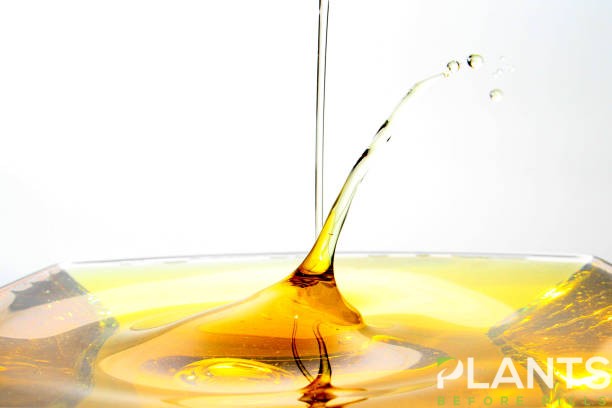
Live resin has gained significant popularity among cannabis enthusiasts in recent years. Known for its rich aroma, flavorful profile, and high potency, this concentrate stands out in the ever-evolving world of cannabis products. As consumer interest continues to grow, many people are curious about what makes resin so unique and how it differs from other cannabis concentrates. This article explores the characteristics, production process, and appeal live resin, along with answering the essential question: how is live resin made?
What is Live Resin?
Live resin is a type of cannabis concentrate that preserves the full spectrum of cannabinoids and terpenes found in the plant. Unlike other extracts that use dried and cured plant material, resin is made from fresh cannabis plants that are frozen immediately after harvest. This preservation technique captures the plant’s full aromatic and psychoactive profile, resulting in a product that more accurately reflects the flavor and effects of the original strain. Its texture can range from a saucy consistency to a more solid, wax-like form, and it often appears golden to amber in color. The aroma is typically stronger and more complex compared to other extracts, making it a favorite among connoisseurs.
The Origins and Rise of Live Resin
Live resin was developed in the early 2010s and quickly rose to prominence due to its superior flavor and potency. The technique was pioneered by a group of cannabis enthusiasts and extract artists who wanted to create a concentrate that retained the fresh plant’s essence. By using flash-freezing methods and special extraction techniques, they discovered a way to preserve the volatile terpenes that are typically lost during the drying and curing process. As word spread about this innovative approach, resin became a sought-after product in dispensaries across legalized markets.
How is Live Resin Made?
To understand the uniqueness of resin, one must explore he answer to the question: how is resin make? The process begins immediately after harvesting the cannabis plant. Instead of going through the traditional drying and curing stages, the plant is freeze at sub-zero temperatures to lock in the natural terpene and cannabinoid profiles. This step is crucial, as it prevents the degradation of the plant’s chemical compounds. The frozen plant material is then subject to a hydrocarbon extraction process, most commonly using butane or propane. These solvents help extract the active ingredients while maintaining the plant’s original terpene structure. The extract is then purged of residual solvents in a vacuum oven at low temperatures to ensure purity and safety. The result is a highly aromatic and potent concentrate that mirrors the plant’s original characteristics. The question of how is live resin made also highlights the technological advancements that make this process possible. Specialized closed-loop extraction systems are use to perform the process safely and efficiently, ensuring that the final product is both high-quality and safe for consumption.
Benefits of Live Resin
One of the most notable advantages of live resin is its terpene retention. Terpenes are the aromatic compounds responsible for the unique smell and taste of each cannabis strain. They also play a crucial role in modulating the effects of cannabinoids, creating what is know as the entourage effect. By preserving these compounds, live offers a more holistic cannabis experience. Users often report that the effects of live feel more complete and balanced compared to other concentrates. Additionally, its rich flavor profile enhances the sensory aspect of consumption, making it especially popular among users who value taste and aroma. Medical patients may also benefit from the therapeutic properties of the preserved terpenes, which can contribute to effects like stress relief, anti-inflammation, and improved mood.
Comparing Live Resin to Other Concentrates
Live resin differs significantly from other cannabis extracts such as shatter, wax, or distillate. While those products often prioritize potency and shelf stability, they typically sacrifice flavor and aromatic complexity due to the high heat and processing involved. In contrast, resin’s production process is focus on preserving the plant’s natural compounds. This makes it a more flavorful and potentially more effective option for those seeking the full benefits of the cannabis plant. When asking how is resin make, it becomes clear that the process is not only more labor-intensive. But also more technologically demanding, which contributes to its higher price point in the market.
How to Consume Live Resin
There are several methods for consuming live resin, depending on personal preference and desired effects. Dabbing is the most popular method, involving the vaporization of the concentrate using a dab rig or e-nail. This method allows users to experience the full flavor and potency of the product. It can also be add to joints, bowls, or vaporizers for enhanced effects. Because of its strength, new users are advise to start with small amounts and gradually increase their dosage. The consistency of live resin may require specialized tools for handling, such as dabbers or concentrate scoops. To avoid waste and ensure proper dosing.
The Future of Live Resin in the Cannabis Industry
As the cannabis industry continues to evolve, live resin is poise to remain a premium product in dispensaries. Innovations in extraction technology and increased consumer awareness are likely to drive further interest in this concentrate. More producers are investing in quality cultivation and freezing methods to meet the growing demand. Furthermore, as scientific understanding of cannabinoids and terpenes advances, resin may play a significant role in personalized cannabis therapies. As people continue to ask how is live resin make, the answer will evolve. With the development of even more precise and efficient extraction technique.
Final Thoughts
Live resin stands out as one of the most flavorful and potent cannabis concentrates available today. Its unique production method, which starts with flash-freezing fresh plants and continues through meticulous. Extraction, results in a product that captures the full essence of the cannabis plant. By answering the question of how is live resin make. Consumers gain a deeper appreciation for the craftsmanship involve in producing such a high-quality concentrate. Whether for recreational enjoyment or medical use, live resin offers a dynamic and full-bodied experience. That sets it apart in the world of cannabis extracts.
Medical Disclaimer:
The information provided in these blog posts is intended for general informational and educational purposes only. It is not a substitute for professional medical advice, diagnosis, or treatment. Always seek the advice of your physician or other qualified healthcare provider with any questions you may have regarding a medical condition. The use of any information provided in these blog posts is solely at your own risk. The authors and the website do not recommend or endorse any specific products, treatments, or procedures mentioned. Reliance on any information in these blog posts is solely at your own discretion.
Cannabis Business
Benefits of Partnering with a Cannabis POS Provider

Cannabis dispensaries in the U.S. operate in a fast-growing, highly regulated market. With nearly 15,000 dispensaries nationwide, owners face challenges such as strict compliance rules, complex inventory management, and delivering exceptional customer experiences. Partnering with a dedicated cannabis point-of-sale (POS) provider can help meet these challenges. Below we outline key benefits – from compliance and inventory control to analytics, CRM, efficiency, security, and scalable growth.
Compliance with State Regulations
Cannabis sales are highly regulated, making compliance support a top benefit of a specialized POS. The system can automatically enforce purchase limits, verify customer IDs, and generate required state reports. By integrating with seed-to-sale tracking systems, a cannabis POS reduces human error and provides an audit trail. This helps protect your license and avoid penalties.
Real-Time Inventory Management
A cannabis-specific POS offers real-time inventory management tailored to dispensaries. Every sale is instantly deducted from inventory, preventing stock discrepancies or overselling. Many systems sync with state traceability programs to maintain precise records and live menu updates. These tools ensure you never run out of product during business hours.
Reporting and Analytics
Because the POS consolidates all sales and inventory data, it provides robust reporting and analytics. Managers can quickly pull reports on sales trends or product performance and spot patterns at a glance. These data-driven insights (like identifying peak sales times or top-selling products) inform smarter decisions about staffing, stocking, and marketing.
Sales and CRM Tools
Many cannabis POS solutions include built-in CRM tools that enhance sales and customer retention. The system records each customer’s purchase history and preferences, enabling targeted promotions and personalized recommendations. Integrated loyalty programs reward repeat customers and drive return visits.
Streamlined Operations and Efficiency
Working with a cannabis-focused POS provider helps streamline operations. The platform automates routine tasks – updating inventory counts, applying correct taxes, logging compliance data – so staff spend less time on paperwork and more with customers. Reducing manual data entry and errors through automation leads to higher productivity and a smoother-running store.
Secure Payments and Data Protection
Security is another advantage of partnering with a cannabis POS company. Advanced POS systems use encrypted transactions, user access controls, and secure cloud backups to protect sensitive data. Many integrate with compliant payment solutions (such as cashless ATMs or digital payment gateways) to reduce reliance on cash. The POS also helps prevent fraud and data breaches by tracking all transactions and safeguarding customer information.
Scalability for Growth
Finally, a dedicated cannabis POS sets your business up for scalability. Modern cloud-based systems make it easy to add new stores or sales channels and manage them all from one interface. Owners can oversee multiple locations from a central dashboard, keeping inventory and compliance consistent. In short, the right POS will scale with your growth, making expansion much simpler.
Conclusion
In summary, partnering with a cannabis-specific POS provider gives dispensaries the tools to stay compliant, efficient, and customer-focused. Whether you’re opening a new shop or expanding to multiple locations, you will have an easier time with a cannabis POS system tailored to the industry. Leveraging these specialized solutions streamlines the business and sets the stage for long-term success in a highly regulated market.
Medical Disclaimer:
The information provided in these blog posts is intended for general informational and educational purposes only. It is not a substitute for professional medical advice, diagnosis, or treatment. Always seek the advice of your physician or other qualified healthcare provider with any questions you may have regarding a medical condition. The use of any information provided in these blog posts is solely at your own risk. The authors and the website do not recommend or endorse any specific products, treatments, or procedures mentioned. Reliance on any information in these blog posts is solely at your own discretion.
Cannabis Business
The Evolving World of Cannabis and Recreational Cannabis Shops
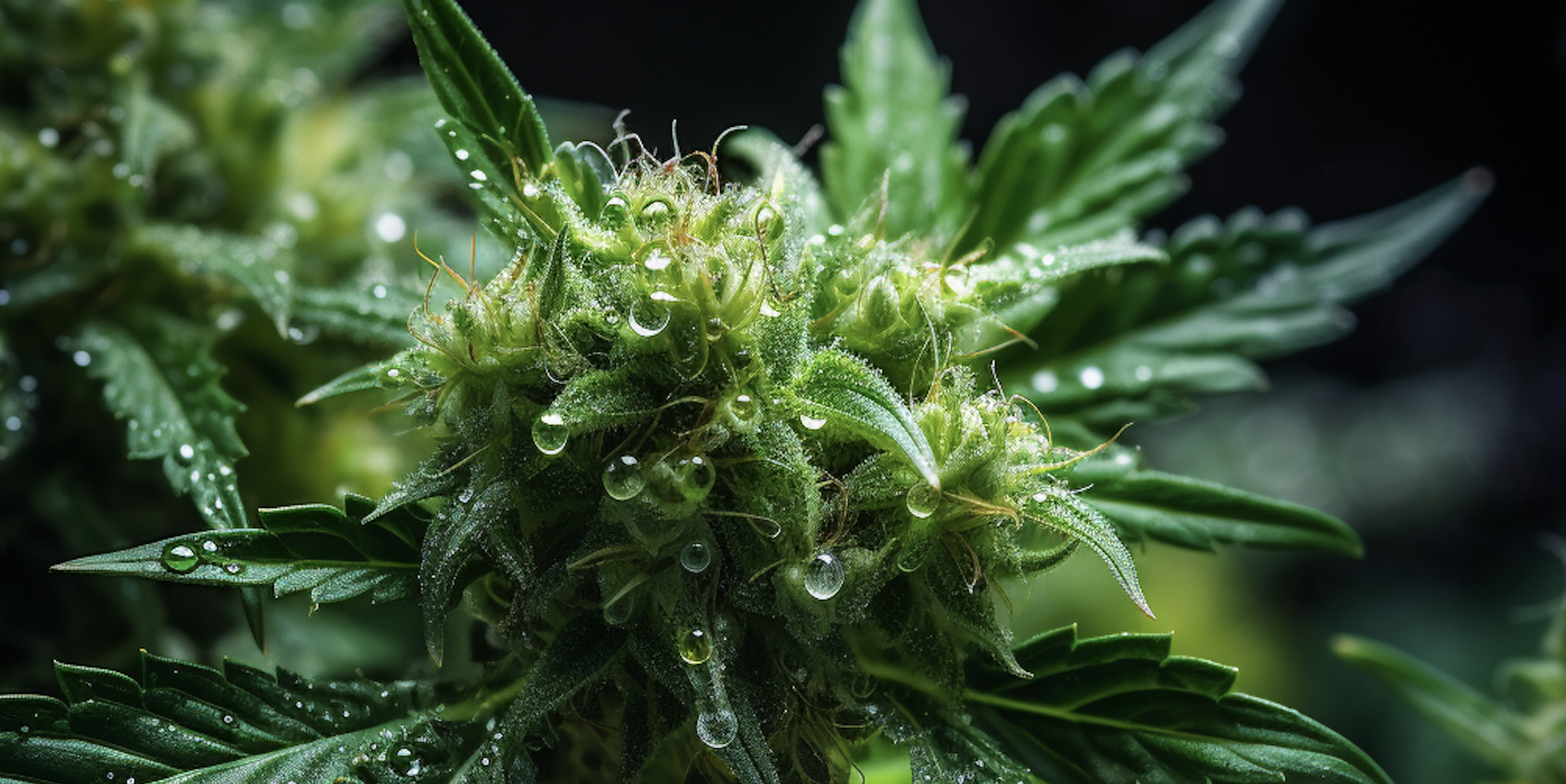
Cannabis has traveled a winding path in public perception—from a subject cloaked in taboo to a topic openly debated in legislative halls and around family dinner tables. Today, many regions offer legal avenues for purchasing cannabis, giving rise to a flourishing new industry and consumer culture. Whether your interest is purely curious, medicinal, or recreational, the world of cannabis is as fascinating as it is complex. Below, we’ll explore its historical background, the differences between medical and recreational use, the significance of modern retail establishments (including Illinois dispensaries), and how newcomers might safely and responsibly navigate this evolving landscape.
A Brief History of Cannabis
For thousands of years, humans have used cannabis for various purposes—spiritual ceremonies, medicinal treatments, and even textile production. Ancient civilizations across Asia, the Middle East, and Africa cultivated the plant for its fibers and psychoactive properties. Over centuries, traders carried cannabis seeds along major trade routes, leading to the development of multiple strains and cultivation techniques.
In the early 20th century, shifting social and political viewpoints led to strict prohibitions and criminalization of the plant in many parts of the world. For a long while, research on cannabis was minimal due to restrictive laws, and misconceptions abounded. Fast-forward to recent years, however, and we see a dramatic reevaluation. As studies highlight potential therapeutic benefits of cannabis, legislation in many jurisdictions has adapted—allowing both medical and recreational use under regulated conditions.
Medical vs. Recreational: Understanding the Differences
Medical Use
Cannabis has long been recognized by certain individuals and small communities for its analgesic (pain-relieving), anti-inflammatory, and anti-anxiety properties. Modern science is now catching up, producing a growing body of research exploring how cannabinoids—particularly cannabidiol (CBD) and tetrahydrocannabinol (THC)—affect the human body. Medical cannabis often caters to patients with conditions such as chronic pain, epilepsy, and muscle spasms, among others.
Medical dispensaries (found in regions where cannabis is approved for medicinal use) specialize in strains and products intended to alleviate specific symptoms. For instance, high-CBD strains may help reduce inflammation or seizures without producing a strong psychoactive “high,” while balanced THC-CBD strains might offer both pain relief and mild euphoria. In these settings, staff often consult with licensed healthcare providers to tailor treatment plans for patients, ensuring dosage and strain match the individual’s needs.
Recreational Use
Recreational cannabis, by contrast, places the focus on enjoyment, relaxation, and occasional social use. While many consumers still experience therapeutic benefits—like stress relief or better sleep—when using cannabis recreationally, they typically do not seek formal medical counsel. The product variety in recreational settings is often wider, with everything from the classic dried flower to edibles, tinctures, topicals, concentrates, and beyond.
Consumers gravitate toward recreational cannabis for different reasons. Some enjoy the creativity it can spur, others find it offers stress relief at the end of a long day, and still others appreciate the social bonding aspect of sharing it in a safe setting. Whatever the motivation, the booming recreational market has driven dispensaries and innovators to develop myriad products and potencies to cater to a broad range of preferences.
The Rise of Recreational Cannabis Shops
Accessibility and Community Engagement
The emergence of legal recreational cannabis shops has dramatically changed how people explore and access cannabis products. Modern dispensaries often aim to create welcoming spaces, complete with bright décor and knowledgeable staff (commonly referred to as “budtenders”). These experts help visitors navigate products by discussing the differences between strains, the nuances in potency, and the variety of consumption methods.
In many communities, dispensaries also serve as educational hubs. Public stigma and misinformation around cannabis remain prevalent, so shops may host seminars, workshops, or guest speaker events to demystify topics like responsible use, the difference between CBD and THC, or how local regulations work. By engaging with the community, dispensaries strive to be more than mere retail outlets; they become pillars of a new cannabis culture built on transparency and safety.
The Regulatory Maze
Setting up and operating a recreational cannabis shop is no small endeavor. The rules can shift dramatically even between neighboring jurisdictions, dictating everything from packaging standards to hours of operation and purchase limits. In some areas, THC potency is capped, while in others, high-strength concentrates are freely available. Businesses must invest in security, licensing, and rigorous quality control to comply with these varied regulations.
For consumers, understanding local guidelines is vital—especially for travelers. Purchasing cannabis in one location does not mean it is legal to consume in a neighboring town or state. Legal possession limits also differ widely. In short, when buying or carrying cannabis, knowledge is crucial to avoid crossing any legal line.
Illinois Dispensaries: A Case Study in the Broader Cannabis Landscape
One notable example of evolving cannabis laws can be seen with Illinois dispensaries. Illinois has undergone a sweeping transformation in its relationship with cannabis in a relatively short period. Once subject to strict prohibition, the state now allows regulated sales of both medical and recreational marijuana under specific guidelines. This shift has highlighted how quickly laws can change—and how an industry can blossom almost overnight when demand meets legislative support.
For residents or visitors exploring Illinois dispensaries, the emphasis on safety and education is typically front and center. Many shops offer product information via printed guides or in-person consultations. Customers can learn about everything from strain profiles and THC levels to the potential benefits and drawbacks of various consumption methods. The success of Illinois dispensaries underscores the broader trend: as more states and regions adopt or expand their cannabis policies, dispensaries stand poised to play an even bigger role in public education and access.
Key Considerations for New Consumers
Strains, Potency, and Consumption Methods
If you’re new to cannabis, picking a product can be overwhelming. Dispensaries often categorize products under three primary strain types: indica, sativa, and hybrid. Indica strains are generally reputed to induce relaxation, sativas are often described as uplifting or energizing, and hybrids offer a mix of these effects. However, these labels are broad, and individual responses can vary. The best approach is to start with a low dose and keep track of how you feel.
Consumption methods also influence the overall experience. Smoking or vaping typically yields faster results, while edibles can take more time to kick in—yet they often produce longer-lasting effects. Tinctures, sublingual strips, and topicals (like creams) offer alternative, sometimes more discreet, ways to consume cannabis. Each method has its pros and cons, so experimentation—done responsibly—helps users find what suits them best.
Finding Reliable Information
With cannabis’s surge in popularity, the internet overflows with guides and opinions. It can be difficult to separate fact from fiction. For the most reliable information, look to peer-reviewed studies, verified educational platforms, and medical professionals experienced in cannabis therapeutics. Dispensary staff, particularly in states with regulated markets, often receive formal training about product lines and best practices. Don’t hesitate to ask questions, especially if you’re unsure about effects, dosage, or interactions with other substances (like medications or alcohol).
Myths and Misconceptions
Stigma and Education
Despite the societal shift, many myths linger. One persistent myth is that all cannabis use is dangerous or leads to addiction. While cannabis can be habit-forming for some, the risk often correlates with frequency of use, individual predispositions, and overall context. Another misconception is that high-THC content automatically guarantees a superior experience. In reality, the best cannabis experience is subjective; potency is just one factor among many, including cannabinoid ratio, terpene profile, and personal tolerance.
Education plays a pivotal role in dispelling these myths. Individuals who understand how cannabis affects the endocannabinoid system, how to measure potency, and how to consume responsibly are more likely to have safe and positive experiences. By contrast, ignorance or misinformation can lead to misuse or misunderstanding, further fueling stigma.
The Legal Gray Areas
While many places have legalized medical or recreational cannabis, gray areas persist. In some jurisdictions, personal cultivation is allowed; in others, it’s strictly regulated or entirely banned. Possession limits can differ from local purchase limits, adding another layer of confusion. When crossing state or national borders, even small amounts of legally purchased cannabis can result in serious legal trouble if it’s outlawed on the other side.
Staying up to date on regulations—particularly if you like to travel—is essential. Websites for local departments of public health or dedicated cannabis regulatory bodies typically offer the clearest guidance. By taking a few minutes to do some research, you can save yourself a host of issues and ensure a smooth experience.
Toward a More Informed Future
As cannabis acceptance grows, recreational cannabis shops (and even medical dispensaries) continue to expand, offering new products, experiences, and resources. Whether you’re exploring Illinois dispensaries or curious about other markets, these establishments symbolize a broad cultural change. What was once secretive has become a legitimate industry that not only generates significant tax revenue but also has the potential to empower patients, reduce reliance on unregulated sources, and spark further scientific exploration.
Still, the future of cannabis holds challenges and potential risks. Access must be balanced with awareness. Public health considerations—such as preventing underage consumption and mitigating impaired driving—remain paramount. Researchers are keenly interested in understanding cannabis’s long-term effects on physical and mental health, unearthing both beneficial and adverse outcomes. Concurrently, advocates push for social equity programs to ensure that communities historically penalized for cannabis offenses can now share in the industry’s profits and opportunities.
Yet these hurdles are part of a broader evolution—one that’s redefining not just laws, but also social attitudes, business practices, and healthcare paradigms. The cannabis conversation continues to broaden, encompassing everything from environmental sustainability in cultivation to the nuances of cannabinoid research. With each new discovery, people gain more tools to make informed decisions about whether, why, and how to incorporate cannabis into their lives.
Final Thoughts
Whether you’re drawn to cannabis for therapeutic reasons, curious about the array of products on display at recreational shops, or simply intrigued by the cultural shift, knowledge is your best ally. Take the time to research, talk to qualified professionals, and assess how cannabis might fit into your lifestyle—if at all. From the historical roots of this ancient plant to the modern-day realities of Illinois dispensaries and beyond, cannabis stands at the crossroads of tradition, innovation, and public policy.
As the stigma fades and science progresses, cannabis’s role in society will likely continue to expand in fascinating ways. This is an era of discovery and discourse. Embracing a balanced perspective—one that recognizes both the potential benefits and real risks—is crucial for fostering a responsible cannabis culture. Through open dialogue, ongoing research, and thoughtful legislation, cannabis may ultimately find its place as a tool for relaxation, wellness, and social enjoyment, responsibly integrated into everyday life.
Medical Disclaimer:
The information provided in these blog posts is intended for general informational and educational purposes only. It is not a substitute for professional medical advice, diagnosis, or treatment. Always seek the advice of your physician or other qualified healthcare provider with any questions you may have regarding a medical condition. The use of any information provided in these blog posts is solely at your own risk. The authors and the website do not recommend or endorse any specific products, treatments, or procedures mentioned. Reliance on any information in these blog posts is solely at your own discretion.
-
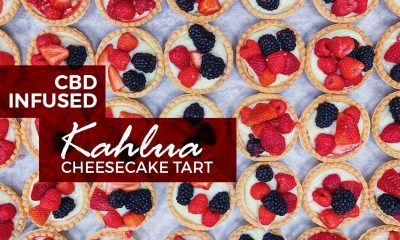
 Cannabis Recipes5 years ago
Cannabis Recipes5 years agoCBD-Infused Kahlua Cheesecake Tart With Scientist-Turned-Chef Chris Yang | Like A Chef [VIDEO]
-

 Cannabis Business2 years ago
Cannabis Business2 years agoRAW Paper’s Announces Details On Their “Golden Ticket” Sweepstakes
-
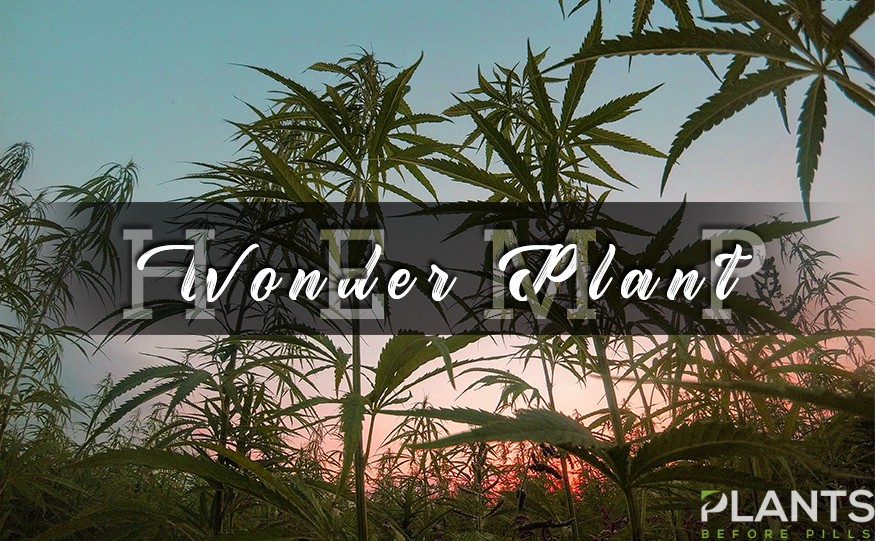
 CBD Plants & Strains5 years ago
CBD Plants & Strains5 years agoCan you smoke CBD hemp flower?
-

 Cannabis 1014 years ago
Cannabis 1014 years agoHow to Choose the Best Dispensary in Scottsdale AZ
-
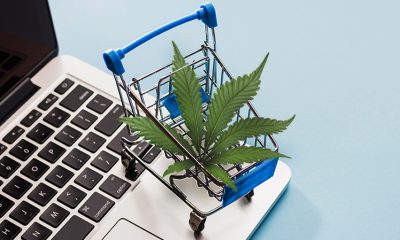
 Cannabis Lifestyle5 years ago
Cannabis Lifestyle5 years agoWhat To Look For When Buying High-Quality CBD Products
-
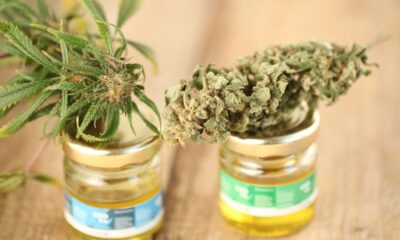
 Cannabis Blogs3 years ago
Cannabis Blogs3 years agoTop CBD Trends in 2022
-

 Cannabis Blogs4 years ago
Cannabis Blogs4 years agoCBD and Coffee
-

 Cannabis Recipes4 years ago
Cannabis Recipes4 years agoCbd & strawberry vinaigrette




















































